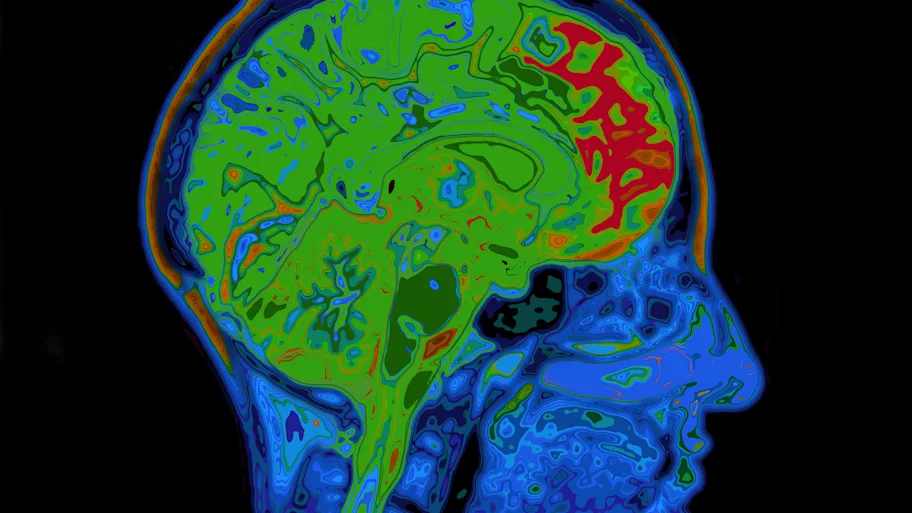
- Science news
- Featured news
- ‘Cheeky’ discovery allows scientists to estimate your risk of dying using cells found in the mouth
‘Cheeky’ discovery allows scientists to estimate your risk of dying using cells found in the mouth

Over the past decade, several epigenetic clocks have been developed to track physiological aging. Until recently, all had been based on the DNA methylome of blood cells – onerous and stressful to collect. But now, scientists from the US have shown for the first time that their new epigenetic clock CheekAge, which uses easy-to-collect cheek cells, can accurately predict mortality. This suggests that cheek swabs could be an improved way to measure and predict healthy vs unhealthy aging and mortality in humans.
We don’t all age at the same rate. But while some supercentenarians may age exceptionally slowly due to winning the genetics jackpot, a plethora of behavioral and lifestyle factors are known to speed up aging, including stress, poor sleep, poor nutrition, smoking, and alcohol. Since such environmental effects get imprinted on our genome in the form of epigenetic marks, it is possible to quantify molecular aging by characterizing the epigenome at prognostic genomic sites.
Over the past decade, scientists have developed several such ‘epigenetic clocks’, calibrated against chronological age and various lifestyle factors across large numbers of people. Most of these focused on DNA methylation in blood cells, which makes collection of samples onerous, as well as stressful for the patient. But earlier this year, scientists from the US developed a second-generation clock, called CheekAge, which is based on methylation data in easy-to-collect cells from inside the cheeks.
Now, in Frontiers in Aging, the team has shown for the first time that CheekAge can accurately predict the risk of mortality – and even if epigenetic data from another tissue is used as input.
“We also demonstrate that specific methylation sites are especially important for this correlation, revealing potential links between specific genes and processes and human mortality captured by our clock,” said Dr Maxim Shokhirev, the study’s first author and Head of Computational Biology and Data Science at the company Tally Health in New York.
CheekAge had been developed or ‘trained’ by correlating the fraction of methylation at approximately 200,000 sites with an overall score for health and lifestyle, reflecting presumed differences in physiological aging.
The biological clock is ticking
In the present study, Shokhirev and colleaguesused statistical programming to see how well it predicted mortality from any cause in 1,513 women and men, born in 1921 and 1936 and followed throughout life by the Lothian Birth Cohorts (LBC) program of the University of Edinburgh. One of the LBC’s aims was to link differences in cognitive aging to lifestyle and psychosocial factors and biomedical, genetic, epigenetic, and brain imaging data. Every three years, the volunteers had their methylome in blood cells measured at approximately 450,000 DNA methylation sites. The last available methylation time point was used along with the mortality status to calculate CheekAge and its association with mortality risk. Data on mortality had been obtained from the Scottish National Health Service Central Register.
“[Our results show that] CheekAge is significantly associated with mortality in a longitudinal dataset and outcompetes first-generation clocks trained in datasets containing blood data,” concluded the authors.
Specifically, for every increase by a single standard deviation in CheekAge, the hazard of all-cause mortality increased by 21%. This means that CheekAge is strongly associated with mortality risk in older adults.
“The fact that our epigenetic clock trained on cheek cells predicts mortality when measuring the methylome in blood cells suggests there are common mortality signals across tissues,” said Shokhirev.
“This implies that a simple, non-invasive cheek swab can be a valuable alternative for studying and tracking the biology of aging.”
Strongest predictors
The researchers looked at those methylation sites which were most strongly associated with mortality in greater detail. Genes located around or near these sites are potential candidates for impacting lifespan or the risk of age-related disease. For example, the gene PDZRN4, a possible tumor suppressor, and ALPK2, a gene implicated in cancer and heart health in animal models. Other genes that stood out had previously been implicated in the development of cancer, osteoporosis, inflammation, and metabolic syndrome.
“It would be intriguing to determine if genes like ALPK2 impact lifespan or health in animal models,” said Dr Adiv Johnson, the study’s last author and the Head of Scientific Affairs and Education at Tally Health.
“Future studies are also needed to identify what other associations besides all-cause mortality can be captured with CheekAge. For example, other possible associations might include the incidence of various age-related diseases or the duration of ‘healthspan’, the period of healthy life free of age-related chronic disease and disability.”
REPUBLISHING GUIDELINES: Open access and sharing research is part of Frontiers’ mission. Unless otherwise noted, you can republish articles posted in the Frontiers news site — as long as you include a link back to the original research. Selling the articles is not allowed.






